How to Homeschool your Preschooler or Kindergartner
Welcome to the next article in our series of how to homeschool. In this article we will look at how to homeschool your preschooler or kindergartner.
Here we’ll take a look at why you should homeschool your preschooler as found by experts, what your child needs to learn by the end of preschool or kindergarten as well as the basic teaching principles for teaching each subject. It’s important to note that at this age, learning should be very much play based as this is how kids learn best at this age.
1. Why you Should Homeschool Preschoolers and Kindergartners
Often children just don’t respond well in large groups as they become nervous and overexcited by all the noise and too many people. When this happens learning can become very difficult for preschoolers especially. Often behavioural problems can start to rear their ugly heads. After analysing over 8,000 early childhood studies, Dr. Moore concluded that, contrary to popular belief, children are best socialised by parents — not other children.
When 20 or 30 kids of the same age are in a classroom together day after day the peer pressure is enormous. Kids feel like they need to look and sound and be like everyone else, at the risk of forgetting or never discovering who they really are. This results in rivalry, ridicule, and competition – hardly the environment for healthy socialisation.
A homeschooler who interacts with parents and siblings more than with peers displays self-confidence, self-respect, and self-worth. They know that they’re a part of a family unit that needs, wants, and depends on them. The result is an independent thinker who isn’t influenced by peers and is self-directed in their actions and thoughts.
Never underestimate the power of a loving home and a motivated parent to provide the best educational experience for your child!
Some parents will also feel that their children aren’t ready for public school, and they want to give their children another year to mature. Others know their children have already mastered the information taught in public school, and they don’t want their children to be bored. And others homeschool kindergarteners as a trial year or as a gentle introduction to homeschooling.
Whatever your reasons are for homeschooling, kindergarten is a great age to begin your child’s formal education. Here’s some info that will help you successfully home school kindergarten.
2. What your Child Needs to Learn by the End of Preschool or Kindergarten
Here is a list of what your child needs to learn by the end of preschool or kindergarten
- Follow rules
- Cut along a line with scissors
- Establish left or right hand dominance
- Understand time concepts like yesterday, today and tomorrow
- Stand quietly in a line
- Pay attention for 15 to 20 minutes
- Ensure a good pencil grip with crayons and pencils
- Learn to share toys and learning materials
- Know the 8 basic colours of red, yellow, blue, green, orange, black, white and pink
- Recognise and write the letters of the alphabet in upper and lowercase
- Know the relationship between letters and the sounds they make
- Recognise sight words such as ‘the’ and read simple sentences
- Spell their first name and their last name
- Write simple consonant-vowel-consonant words like ‘bat’ and ‘fan’
- Retell a story that has been read out loud
- Recognise numbers up to 20
- Understand that addition is putting things together
- Know that subtraction is taking away from
- Count by 1’s, 5’s and 10’s to 100
- Know basic shapes like squares, triangles, rectangles and circles
- Know their address and phone number
- Understand how people in communities work together
- Use their five senses to make simple scientific observations
Most of these can be taught using real life experiences. You could add a reading and math curriculum to help guide you and then you’re all set to get the best out of their learning experience.
3. General Teaching Principles
Kindergarten and preschool does not need to be stressful and hard-core learning. It should be an exciting and interesting educational experience for them. Just like other developmental milestones you need to remember that they will all reach a level of mastery at different times. If you feel like your little one isn’t there at the right time, that’s okay – they will get there when they are ready.
At this age, it’s important to relax with them and have fun while teaching. We wouldn’t recommend a traditional classroom setup for this age group, but a more relaxed environment where outdoors is a big part of learning and a relaxed environment in the house where they can have fun learning.
One of the things that we would highly recommend is multi-sensory learning for this age group. Multi-sensory learning in simple terms is teaching that is done using as many of the five senses as you can. Let them see, touch, hear, smell and yes, even taste while they learn. This is not the way a normal classroom environment would work or is structured. In a classroom environment kids would be at a desk using workbooks and textbooks in a very traditional setting to create organisation. Multi-sensory learning is way more fun and you have the opportunity to give it to your kids if you homeschool them. You can buy a number of manipulative toys, get them in the kitchen, outdoors and stimulate all those senses.
How to Teach Maths
One of the best ways to teach maths is again using a multi-sensory approach for preschoolers and kindergartners. Manipulative toys will give you everything you need in order to teach them and show them how maths works while still having fun. If they are ‘building’ maths they will understand it. Take for example the idea that you give them a worksheet that has a whole lot of addition sums on it or take a manipulative toy where you can actually count out blocks or other things. Get them in the kitchen where they can learn about numbers through measuring, counting out ingredients, using fine motor skills to help make something and then count how many they have in the end.
Write numbers in frosting or in the sand. Count all the windows in your house. Have your child help you read recipes and count the eggs and cups of flour you add.
The Three R‘s is also an excellent resource for teaching your kindergartner maths without a formal curriculum.
For a more formal curriculum you could consider Math-U-See which is great as it is also a multi-sensory yet more formal curriculum.
Another winner is Critical Thinking Co. Hands on Thinking Skills which uses attribute blocks, pattern blocks and interlocking cubes to promote analytical thinking without reading and writing.
That certainly is a much more exciting way to teach maths.
How to Teach Reading
Kindergarten is a time when many children begin learning how to read. Focus on helping your child learn to listen to classic nursery rhymes and stories, tell stories, speak in complete sentences, and recognise letters and their sounds. If you see signs of readiness, you may want to move on to teaching your child to blend sounds to form simple words, and write numbers, letters and their name.
Teach your child the letters and their sounds through songs and games, as we’ve mentioned before. One of the best apps for this is Leap Frog’s Letter Factory. Let them play with letter tiles. Read stories aloud together and point out the words as you go. The possibilities are endless!
Once your child knows his alphabet and the basic sounds and you want to move on to a more formal phonics program, you could consider Explode the Code books here. Ruth Beechick’s book, The Three R’s, is also an excellent resource for teaching your kindergartner reading without a formal curriculum.
Another fantastic reading curriculum is All About Reading. It’s a hands-on multisensory introduction into the written word. Every lesson comes with an engaging phonemic awareness activity that is so fun, your kids won’t know they are learning one of the most foundational skills of reading success. Lessons are completely scripted so there is little prep time for mom.
How to Teach Social Studies
For social studies, kindergartners learn about the world around them, including family structure, major holidays and traditions, community helpers and other cultures. You can do this by using world maps, watching programmes on TV about different places and cultures or go and volunteer at local community events. If you want a more formal curriculum you can consider Home CEO Academy, which has social studies included in the curriculum.
How to Teach Science
Science should focus on encouraging your child to explore their surroundings, ask questions and look for answers. Some common topics for kindergarten science are:
- farm animals
- pets
- caring for plants
- living vs. non-living things
- space, earth, sun, moon and stars
- light and colours
- weather and temperature
- seasons
Teaching science should definitely be an outdoor experience for them. Arrange a visit to a local farm, show them how they need to take care of the family pets, let them plant and grow their own garden, show them the difference between living and non-living things, use programmes to teach them about space and of course the outdoors for any weather related content that needs to be taught. A popular homeschool curriculum is A Beka Book and this caters to all subjects including science, social studies as well as reading and maths.
How to Teach Social Skills
Many parents feel confident enough to teach their children academics; however some feel a bit lost when it comes to teaching social skills. There are ways to do this by helping your little ones interact with other kids at play dates, park days, library story times, community events and homeschool group activities. In addition to learning how to be a good friend, you can teach your child how to be a good listener and follow directions. They will learn to socialise really well if you ensure they have plenty of opportunities. You don’t need a curriculum for teaching social skills, just teach your kids manners and the difference between right and wrong as you would in everyday life situations.
How to Teach Health and Safety
Health and safety topics are easy to teach during the course of daily life. Talk to your child about manners, healthy eating habits, physical exercise, dental hygiene, proper grooming, body parts, bathroom skills and basic safety. Job done!
As we said before, your kindergarten homeschool does not have to resemble a public school classroom at all. Keep lessons simple, and move as quickly or slowly as needed, according to your child’s level of readiness. Some children will be ready to write, some won’t. Some children will be ready to read, some won’t. Your child may not want to do anything other than play, and that’s okay.
You can spend around 15 minutes on math and 15 minutes on reading using a simple maths and phonics curriculum, or just find resources online. When it comes to other subjects teach these in everyday life, not in a formal situation and go on lots of field trips.
We hope this has given you enough information on how to homeschool your kindergartner or preschooler. Do you have any other ideas to share?

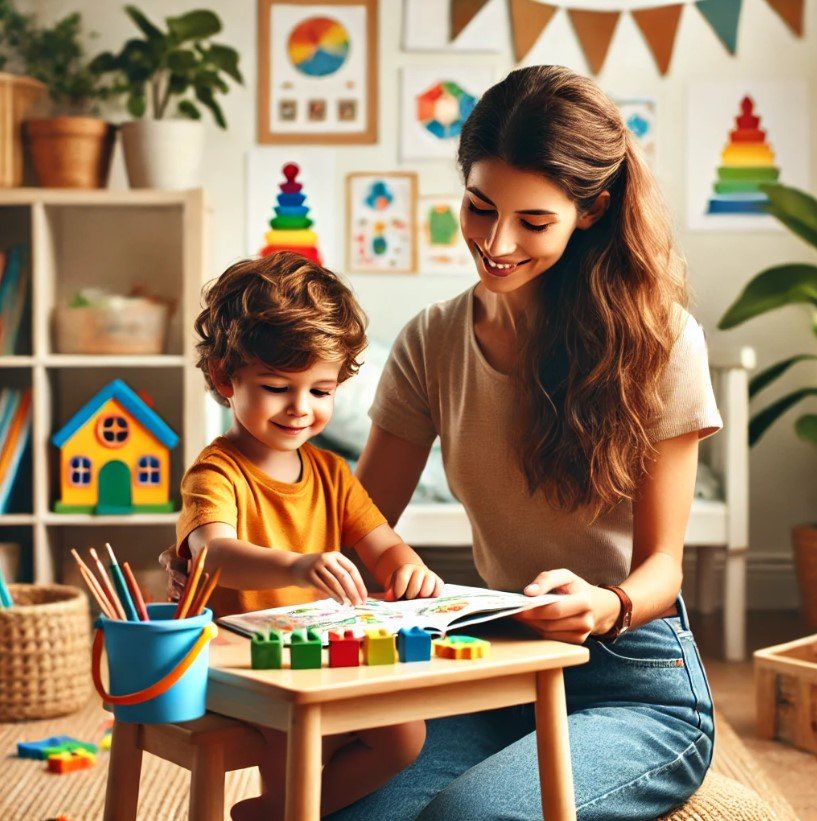
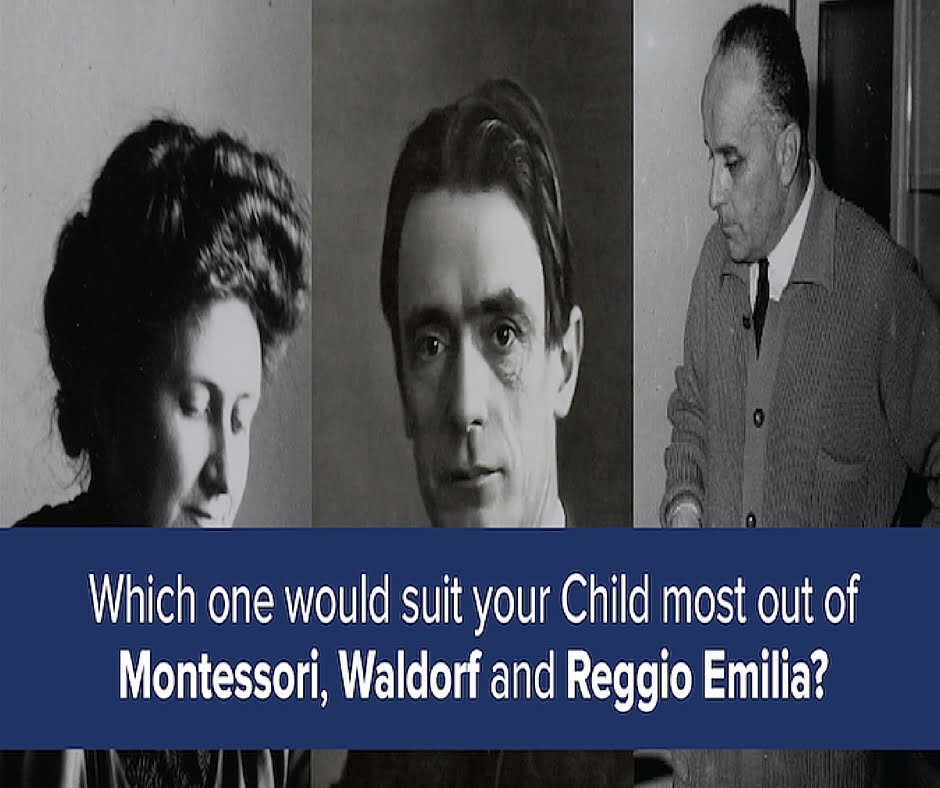
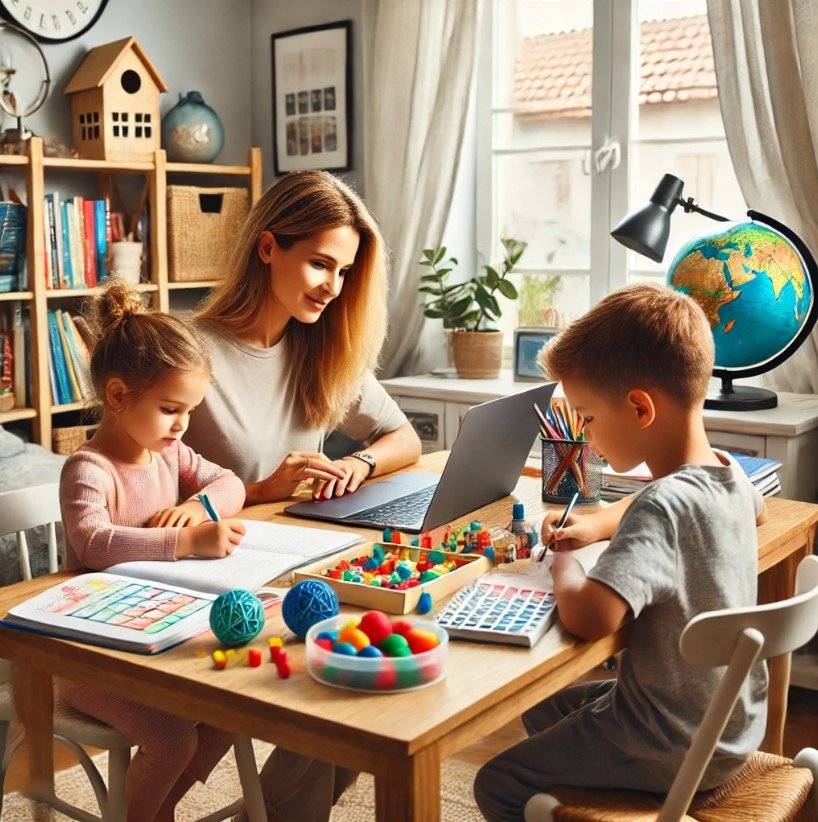
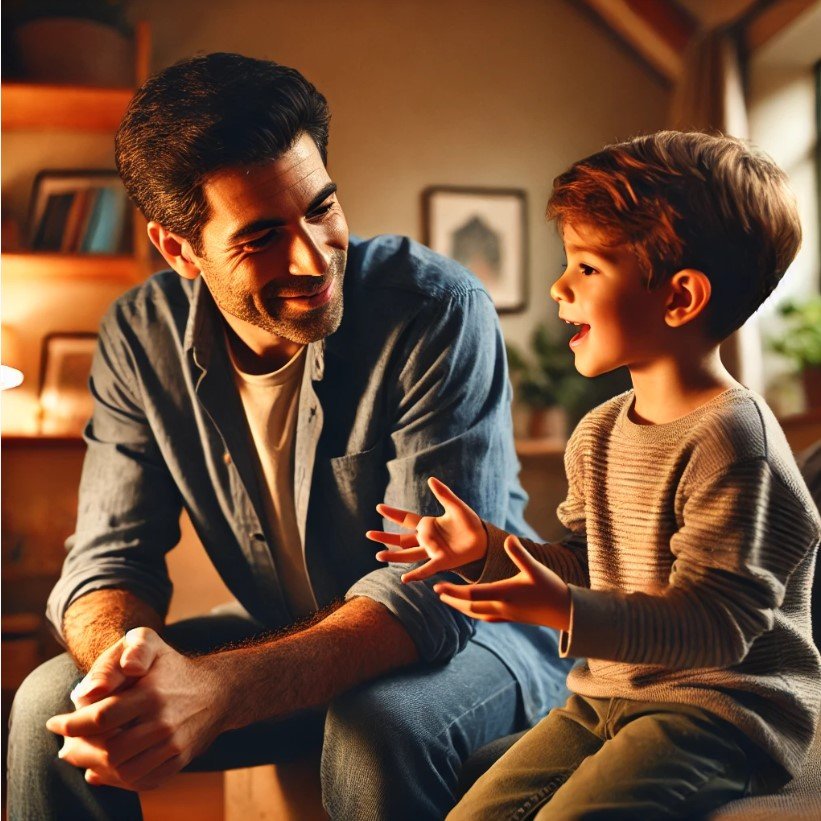

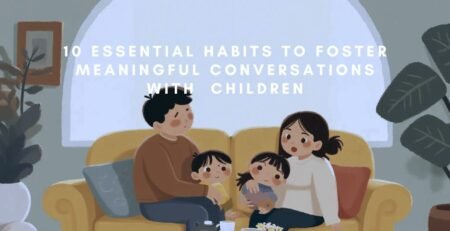
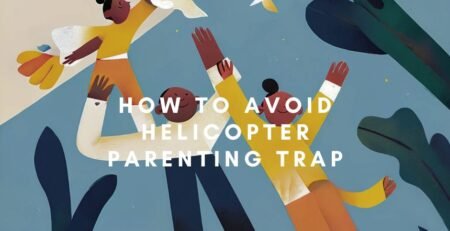
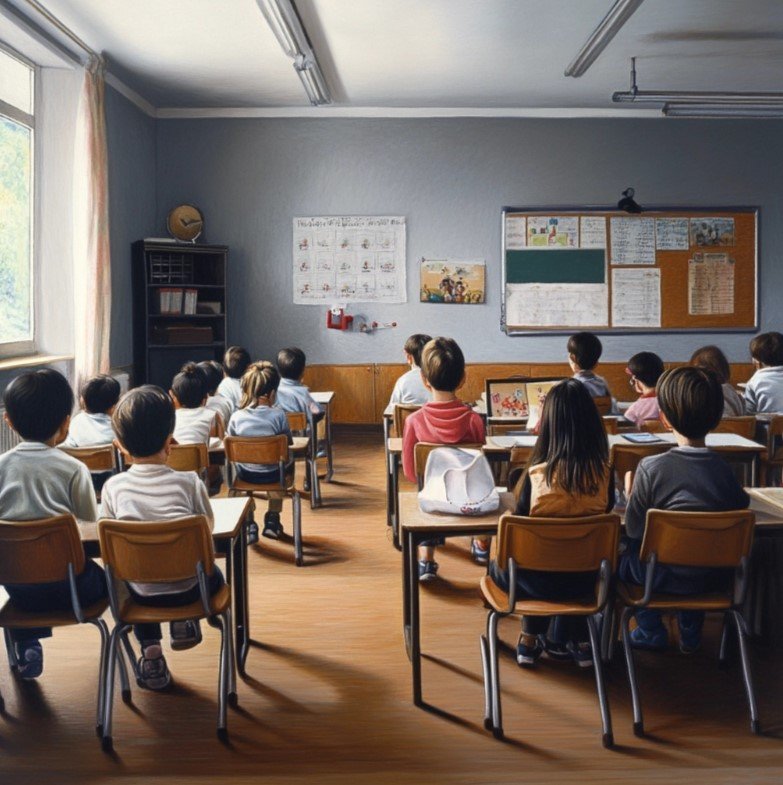
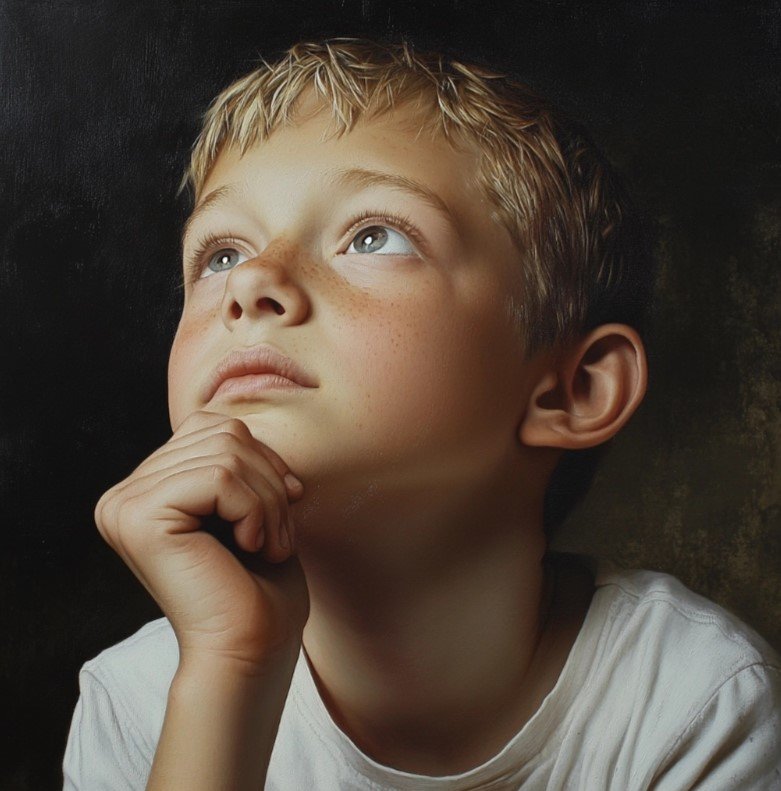
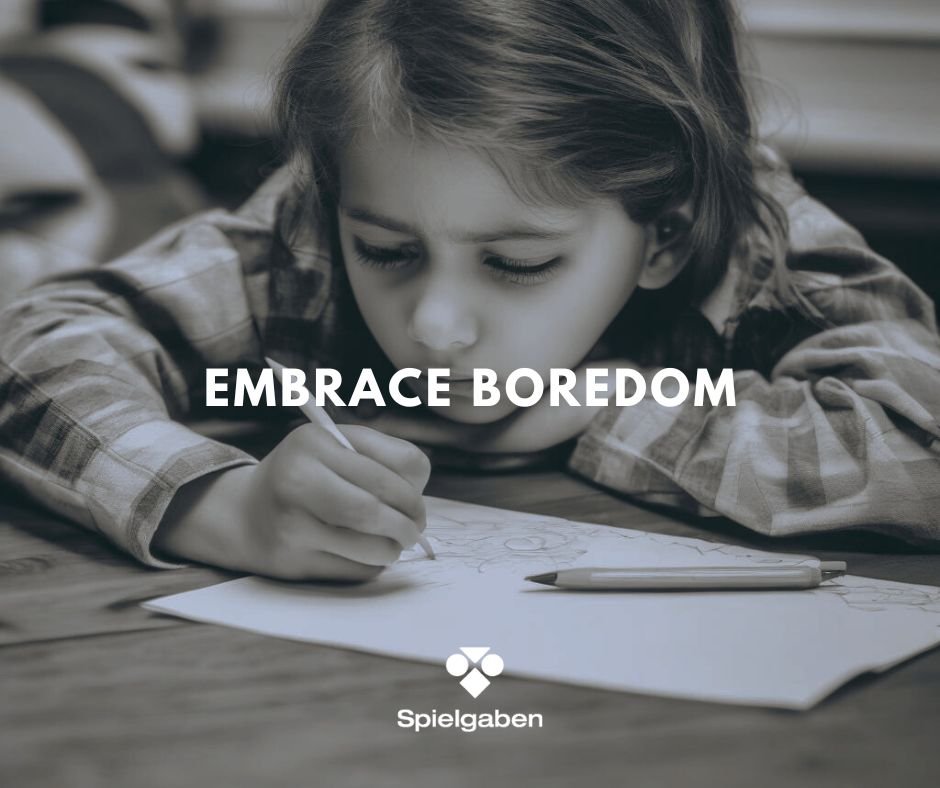
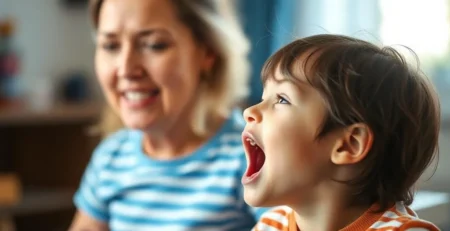

LEAVE A COMMENT